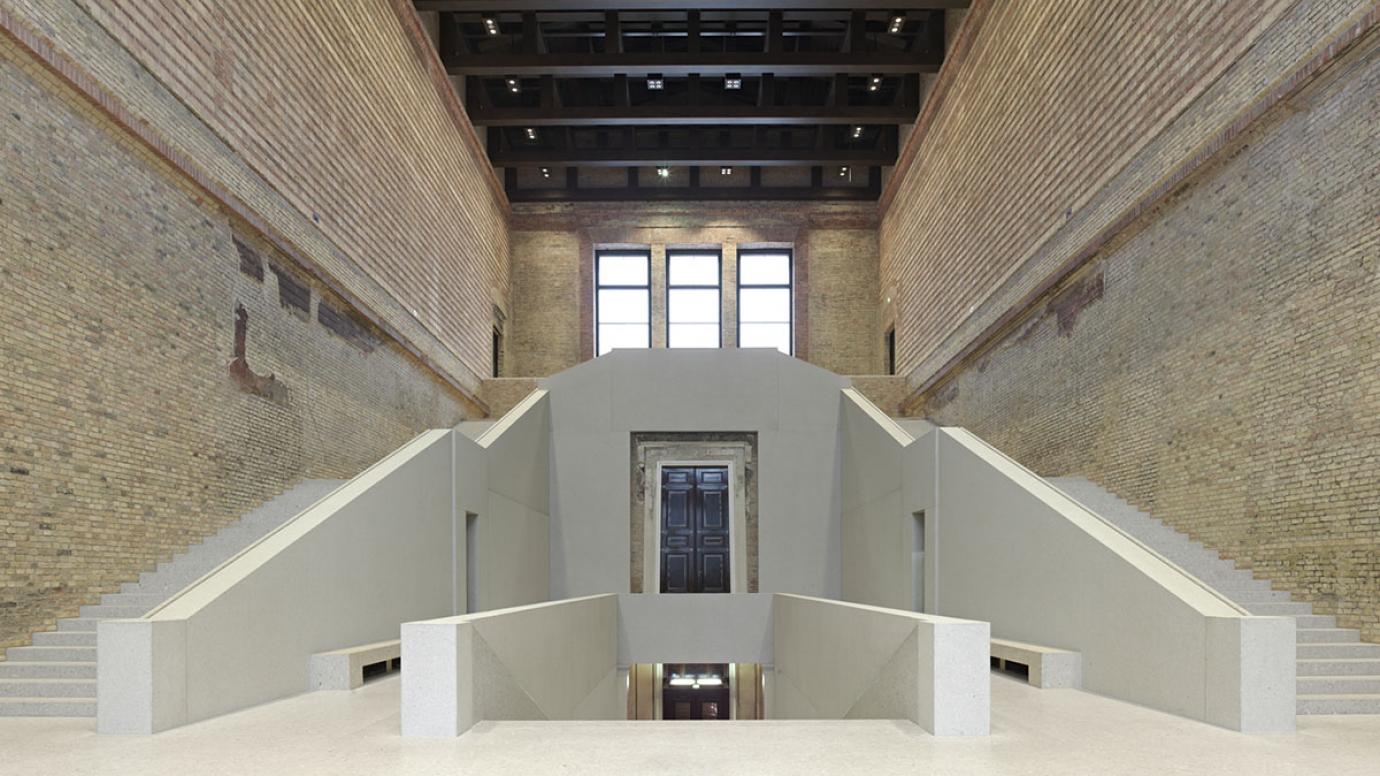- Home
- Articles
- Architectural Portfolio
- Architectral Presentation
- Inspirational Stories
- Architecture News
- Visualization
- BIM Industry
- Facade Design
- Parametric Design
- Career
- Landscape Architecture
- Construction
- Artificial Intelligence
- Sketching
- Design Softwares
- Diagrams
- Writing
- Architectural Tips
- Sustainability
- Courses
- Concept
- Technology
- History & Heritage
- Future of Architecture
- Guides & How-To
- Art & Culture
- Projects
- Interior Design
- Competitions
- Jobs
- Store
- Tools
- More
- Home
- Articles
- Architectural Portfolio
- Architectral Presentation
- Inspirational Stories
- Architecture News
- Visualization
- BIM Industry
- Facade Design
- Parametric Design
- Career
- Landscape Architecture
- Construction
- Artificial Intelligence
- Sketching
- Design Softwares
- Diagrams
- Writing
- Architectural Tips
- Sustainability
- Courses
- Concept
- Technology
- History & Heritage
- Future of Architecture
- Guides & How-To
- Art & Culture
- Projects
- Interior Design
- Competitions
- Jobs
- Store
- Tools
- More

Balancing beauty and practicality is a challenge that architects and designers face in every project. On one hand, a building must be functional and serve its intended purpose, while on the other hand, it must also be aesthetically pleasing and visually appealing. Here are some ways to balance beauty and practicality in architectural design:
Prioritize Function
The primary function of the building should always be the first consideration in the design process. The design should be informed by the needs of the users and the intended purpose of the space. By prioritizing function, architects can create buildings that are not only practical and efficient, but also meet the needs of their users and contribute to the overall well-being of the community.
How can we prioritize function?
1-The design should be informed by the needs of the users. For example, a school building should be designed with the needs of students and teachers in mind, including classroom sizes, specialized spaces, and accessibility features.
2-The building should be designed to ensure the safety and security of its occupants. This may include features such as fire exits, emergency lighting, and security systems.
3-The design should prioritize sustainability, incorporating features such as energy-efficient systems, green materials, and water-saving fixtures.
4-The design should take into account the long-term maintenance and upkeep of the building. This may include features such as durable materials and easy-to-clean surfaces.
5- The design should be mindful of the project budget, balancing function and aesthetics to create a practical and cost-effective design.
6-The design should meet all necessary regulatory requirements, including building codes, zoning regulations, and accessibility standards.

Consider the Context
The building should be designed to fit within its surrounding context, whether it is a natural landscape or an urban environment. The design should take into account the local climate, culture, and history.
Emphasize Simplicity
Simple designs can often be the most practical and efficient. A minimalist approach can help to prioritize function while still achieving a visually pleasing design.
Incorporate Natural Elements
The use of natural materials and forms can help to create a visually appealing design that also has practical benefits. For example, natural light can be incorporated into the design to reduce energy costs and improve the well-being of the building’s occupants.

Balance Form and Function
The form of the building should not compromise its function, and vice versa. A well-designed building should achieve a balance between form and function, so that it is both practical and visually appealing. By balancing form and function, architects can create buildings that are both aesthetically pleasing and practical. The form of the building should not compromise its function, and vice versa. Instead, they should work together to create a cohesive design that meets the needs of its users and contributes to the overall well-being of the community.
Cohesive design: The form of the building should complement its function, and vice versa. This means that the design should be cohesive and work together as a whole.
Attention to detail: Small details can make a big difference in the overall form and function of a building. Architects should pay attention to details such as material choices, lighting, and texture to ensure that they contribute to the overall design.

Flexibility: A building’s form and function should be flexible enough to accommodate changing needs over time. This may include designing spaces that can be easily reconfigured or adapted for different uses.
Aesthetics: While function is important, aesthetics are also a key consideration in architectural design. The form of the building should be visually appealing and contribute to the overall character of the surrounding area.
Innovation: Architects should strive to be innovative in their designs, incorporating new technologies and materials that can improve the form and function of a building.
Collaborate with Other Professionals
Architects and designers should work closely with engineers, builders, and other professionals to ensure that the design is practical and meets all necessary requirements.
In conclusion, balancing beauty and practicality in architectural design is a complex process that requires careful consideration of many factors. By prioritizing function, considering the context, emphasizing simplicity, incorporating natural elements, balancing form and function, and collaborating with other professionals, architects and designers can create buildings that are both functional and aesthetically pleasing.

Submit your architectural projects
Follow these steps for submission your project. Submission FormLatest Posts
Dependable Service for Everyday Appliance Problems
When a washer stalls mid-cycle or a fridge warms up, you need...
8 Essential Web-Based Mapping Tools for Modeling Sea Level Rise and Flood Impacts
As climate change accelerates, flood risk and sea level rise have become...
How Sydney’s Architecture Responds to Climate, Light, and Lifestyle
Sydney’s architecture has never been driven by form alone. It evolves through...
Shipping Containers as Functional Infrastructure on Construction Sites
Construction sites are temporary by definition, yet the systems that support them...












Leave a comment